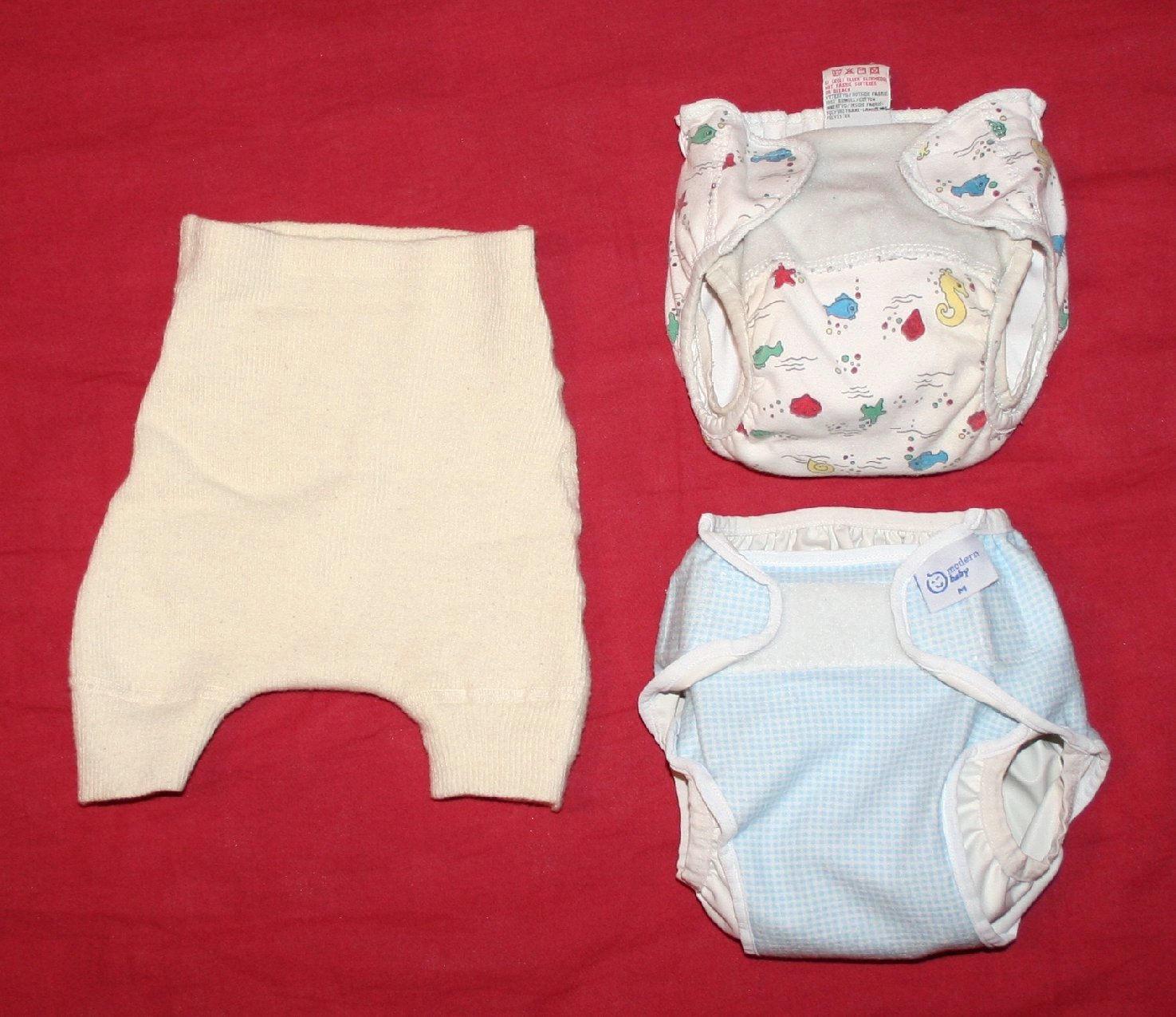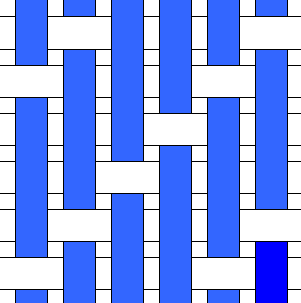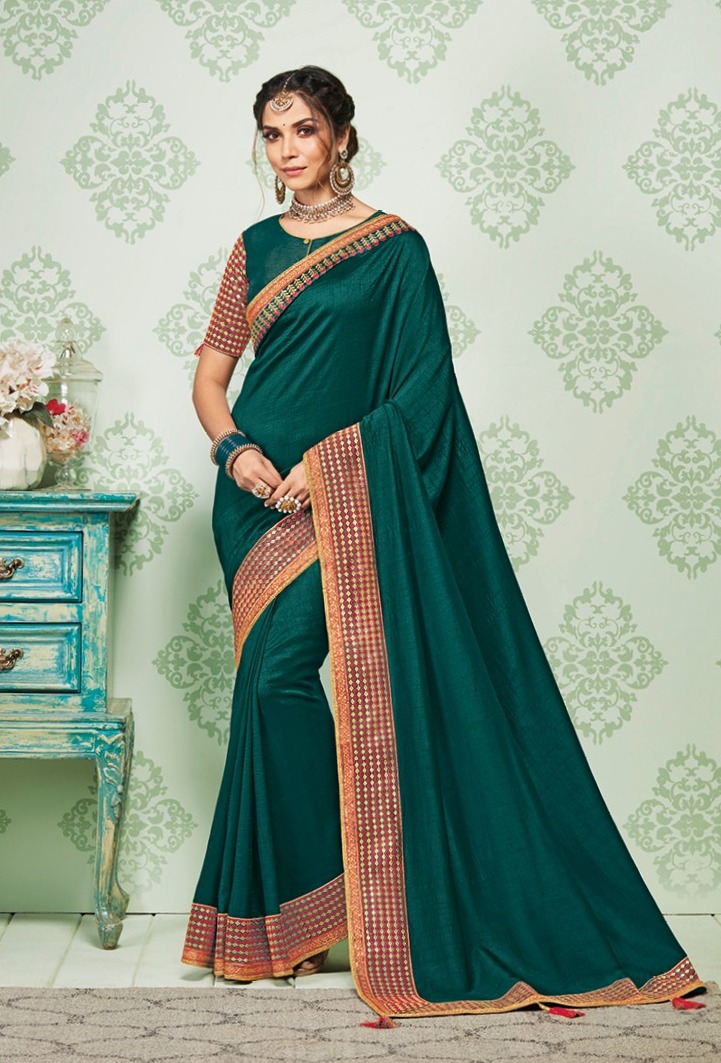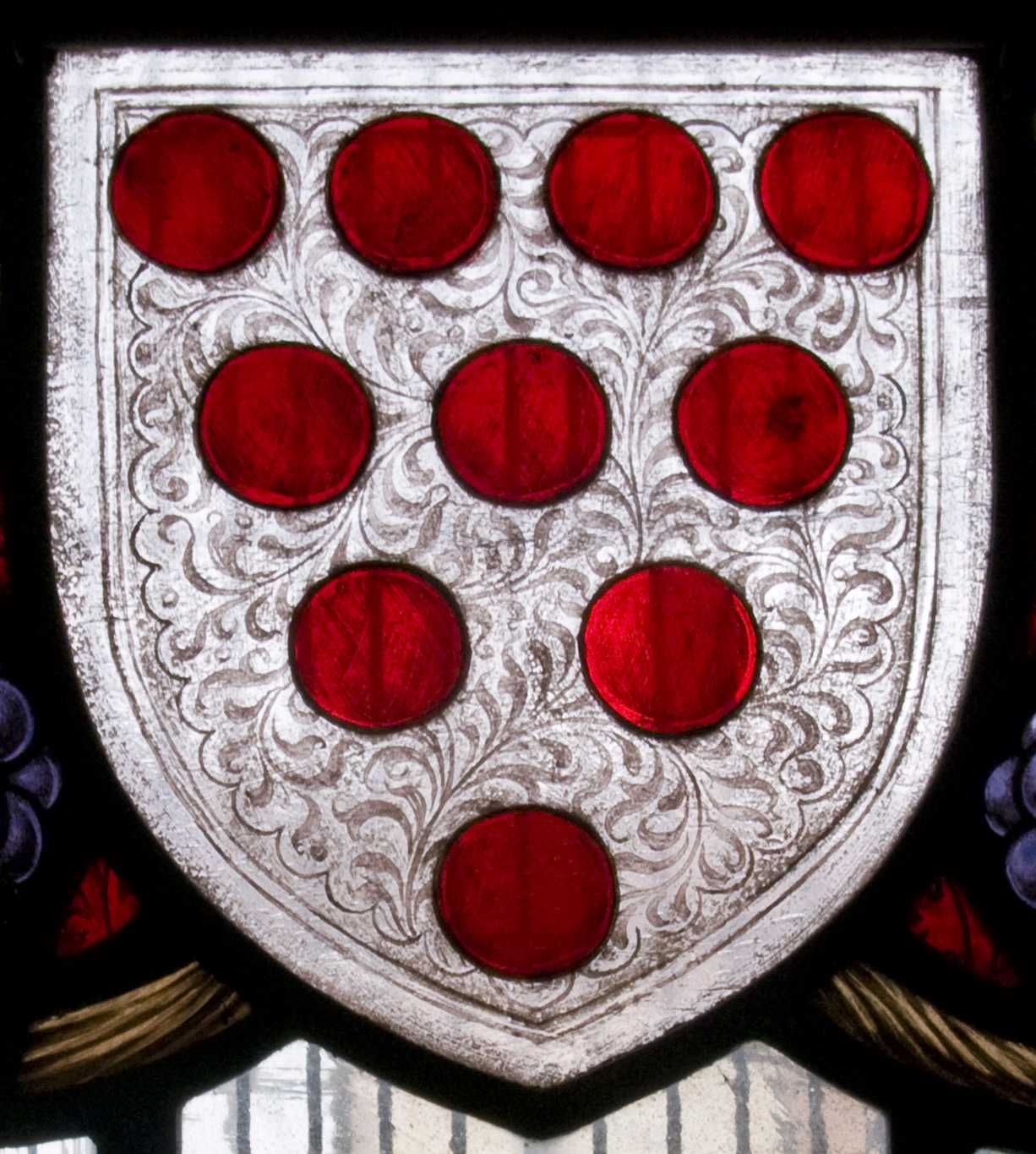|
Diaper (cloth)
Diaper is a damask cloth with small geometrical patterns such as bird's eye or diamond shapes. Terms such as “bird’s eye” or “pheasant’s eye” refer to the size of the diamond in the design. Diaper has been used as a tablecloth. Bird's eye pattern Bird's eye pattern (nightingale's eye, bulbul chashm) is a geometrical pattern of a diamond shape similar to a bird's eye used in various types of cloth. Bulbul chashm ("chashm-e-bulbul") or nightingale's eye refers to a larger diamond shape with a dotted eye in the middle. Etymology The etymology of the term "diaper" traces back to the Latin word "diasper," which denotes rough and uneven texture. The word passed through the Low Latin term "diasperus," which referred to a particular type of cloth. The weave is unusually absorbent, and is therefore used for baby diapers. History “Diaper” refers to any small geometrical or floral pattern that consists of the constant repetition of one or more simple figure or units of ... [...More Info...] [...Related Items...] OR: [Wikipedia] [Google] [Baidu] |
Damask
Damask (; ) is a woven, Reversible garment, reversible patterned Textile, fabric. Damasks are woven by periodically reversing the action of the warp and weft threads. The pattern is most commonly created with a warp-faced satin weave and the ground with a weft-faced or sateen weave. Yarns used to create damasks include silk, wool, linen, cotton, and synthetic fibers, but damask is best shown in cotton and linen. Over time, damask has become a broader term for woven fabrics with a reversible pattern, not just silks. There are a few types of damask: true, single, compound, and twill. True damask is made entirely of silk. Single damask has only one set of warps and wefts and thus is made of up to two colors. Compound damask has more than one set of warps and wefts and can include more than two colors. Twill damasks include a twill-woven ground or pattern. History A damask weave is one of the five basic weaving techniques—the others being Plain weave, tabby, twill, Lampas, and tap ... [...More Info...] [...Related Items...] OR: [Wikipedia] [Google] [Baidu] |
Baby Diaper
A diaper (, North American English) or a nappy (British English, Australian English, Hiberno-English) is a type of underwear that allows the wearer to urinate or defecate without using a toilet, by absorbing or containing waste products to prevent soiling of outer clothing or the external environment. When diapers become wet or soiled, they require changing, generally by a second person such as a parent or caregiver. Failure to change a diaper on a sufficiently regular basis can result in skin problems around the area covered by the diaper. Diapers are made of cloth or synthetic disposable materials. Cloth diapers are composed of layers of fabric such as cotton, hemp, bamboo, microfiber, or even plastic fibers such as PLA or PU, and can be washed and reused multiple times. Disposable diapers contain absorbent chemicals and are thrown away after use. Diapers are primarily worn by infants, toddlers who are not yet toilet trained, and by children who experience bedwetting. T ... [...More Info...] [...Related Items...] OR: [Wikipedia] [Google] [Baidu] |
Diaper
A diaper (, North American English) or a nappy (British English, Australian English, Hiberno-English) is a type of underwear that allows the wearer to urinate or defecate without using a toilet, by absorbing or containing waste products to prevent soiling of outer clothing or the external environment. When diapers become wet or soiled, they require changing, generally by a second person such as a parent or caregiver. Failure to change a diaper on a sufficiently regular basis can result in skin problems around the area covered by the diaper. Diapers are made of cloth or synthetic disposable materials. Cloth diapers are composed of layers of fabric such as cotton, hemp, bamboo, microfiber, or even plastic fibers such as PLA or PU, and can be washed and reused multiple times. Disposable diapers contain absorbent chemicals and are thrown away after use. Diapers are primarily worn by infants, toddlers who are not yet toilet trained, and by children who experience bedwettin ... [...More Info...] [...Related Items...] OR: [Wikipedia] [Google] [Baidu] |
Twill
Twill is a type of textile Textile is an Hyponymy and hypernymy, umbrella term that includes various Fiber, fiber-based materials, including fibers, yarns, Staple (textiles)#Filament fiber, filaments, Thread (yarn), threads, and different types of #Fabric, fabric. ... weave with a pattern of parallel, diagonal ribs. It is one of three fundamental types of weave, along with plain weave and satin. It is made by passing the weft thread over one or more warp threads then under two or more warp threads and so on, with a "step", or offset, between rows to create the characteristic diagonal pattern. Due to this structure, twill generally drapes well. Classification Twill weaves can be classified from four points of view: # According to the stepping: #* ''Warp-way'': 3/1 warp way twill, etc. #* ''Weft-way'': 2/3 weft way twill, etc. # According to the direction of twill lines on the face of the fabric: #* ''S-twill'', or ''left-hand twill weave'': 2/1 S, etc. #* ' ... [...More Info...] [...Related Items...] OR: [Wikipedia] [Google] [Baidu] |
Khes
''Khes'' () () is a thick cotton blanket cloth in the Indian subcontinent; it is a damask cloth used for blankets and winter wraps. Khes is generally hand-woven with coarse cotton yarns. Khes as a garment is a simple clothing item to wear loosely to cover the upper body by men in Pakistan and northwest India. Khes is an important cloth in the Sindh and Punjab, regions which are famous for its production and historically has been known for not only the production of Khes but also many other coarse cotton textiles, especially in the 19th and 20th centuries. Khes is a comfort object used in bedding, and is also usable as a cover. Khes weaving Weave ''Khes'' is a thick woven cloth made on a handloom. Khes weaving was a traditional textile art associated with rural Punjab. The craft of khes-weaving had cultural significance in rural areas. Women in villages used to weave khes. Women in the villages of Punjab have been weaving khes as part of their wedding trousseau for years. Sp ... [...More Info...] [...Related Items...] OR: [Wikipedia] [Google] [Baidu] |
Sari
A sari (also called sharee, saree or sadi)The name of the garment in various regional languages include: * * * * * * * * * * * * * * is a drape (cloth) and a women's garment in the Indian subcontinent. It consists of an un-stitched stretch of woven fabric arranged over the body as a dress, with one end attached to the waist, while the other end rests over one shoulder as a stole, sometimes baring a part of the midriff.Alkazi, Roshan (1983) "Ancient Indian costume", Art HeritageGhurye (1951) "Indian costume", Popular book depot (Bombay); (Includes rare photographs of 19th century Namboothiri and nair women in ancient sari with bare upper torso) It may vary from in length, and in breadth, and is a form of ethnic wear in Bangladesh, India, Sri Lanka, Nepal, and Pakistan. There are various names and styles of sari manufacture and draping, the most common being the Nivi (meaning new) style.Linda Lynton(1995), The Sari: Styles, Patterns, History, Technique , p ... [...More Info...] [...Related Items...] OR: [Wikipedia] [Google] [Baidu] |
Phulkari
Phulkari (; ) refers to the folk embroidery of the Punjab region and Gulkari of Sindh in South Asia. Although ''phulkari'' means 'floral work', the designs include not only flowers but also cover motifs and geometrical shapes. The main characteristics of phulkari embroidery are use of darn stitch on the wrong side of coarse cotton cloth with coloured silken thread. The traditional varieties of phulkaris are large items of cloth and include chope, tilpatr, neelak, and bagh. Some make the distinction that phulkari only refers to sparingly-embroidered flowers, where the base cloth is still visible, while an intricately embroidered flower pattern that covers the entire garment is known as a bagh ('large garden').Gupta, Anu H. and Mehta, Shalina. 2016.The Effect of Colonization and Globalization in the shaping of Phulkari: A case study of the Textiles of Punjab, India" ''Textile Society of America Symposium Proceedings'' 990:146-58. http://digitalcommons.unl.edu/tsaconf/990Alop ho ... [...More Info...] [...Related Items...] OR: [Wikipedia] [Google] [Baidu] |
Diapering
Diaper is any of a wide range of decorative patterns used in a variety of works of art, such as stained glass, heraldic shields, architecture, and silverwork. Its chief use is in the enlivening of plain surfaces. Etymology For the full etymology, see "". The Oxford dictionary gives the Greek ''dia'' for "cross" as in "diamond" or "diagonal"; and ''aspros'', Greek for "white". A white diamond or white cloth is used on the diagonal, hence the diagonal lattice or reticulation in patterning. In art In architecture and other decorative arts, diaper is applied as a decorative treatment of a surface with a repeat pattern of squares ( check (pattern), chequers), rectangles, or lozenges. Diaper was particularly used in medieval stained glass to increase the vividness of a coloured pane, for example the field in a shield of arms. A stone wall may be decorated with such a pattern sculpted in relief; in brickwork the effect may be achieved by using bricks of different colours, or by all ... [...More Info...] [...Related Items...] OR: [Wikipedia] [Google] [Baidu] |
Stained Glass
Stained glass refers to coloured glass as a material or art and architectural works created from it. Although it is traditionally made in flat panels and used as windows, the creations of modern stained glass artists also include three-dimensional structures and sculpture. Modern vernacular usage has often extended the term "stained glass" to include domestic leadlight, lead light and ''objet d'art, objets d'art'' created from glasswork, for example in the famous lamps of Louis Comfort Tiffany. As a material ''stained glass'' is glass that has been coloured by adding Salt (chemistry), metallic salts during its manufacture. It may then be further decorated in various ways. The coloured glass may be crafted into a stained-glass window, say, in which small pieces of glass are arranged to form patterns or pictures, held together (traditionally) by strips of lead, called cames or calms, and supported by a rigid frame. Painted details and yellow-coloured Silver staining, silver stain ... [...More Info...] [...Related Items...] OR: [Wikipedia] [Google] [Baidu] |
Heraldic Shield
In heraldry, an escutcheon (, ) is a shield that forms the main or focal element in an achievement of arms. The word can be used in two related senses. In the first sense, an escutcheon is the shield upon which a coat of arms is displayed. In the second sense, an escutcheon can itself be a charge within a coat of arms. Escutcheon shapes are derived from actual shields that were used by knights in combat, and thus are varied and developed by region and by era. Since shields have been regarded as military equipment appropriate for men only, British ladies customarily bear their arms upon a lozenge, or diamond-shape, while clergymen and ladies in continental Europe bear their arms upon a cartouche, or oval. Other shapes are also in use, such as the roundel commonly used for arms granted to Aboriginal Canadians by the Canadian Heraldic Authority, or the Nguni shield used in African heraldry (likewise, Christian organisations and Masonic bodies tend to use the same shape, also kn ... [...More Info...] [...Related Items...] OR: [Wikipedia] [Google] [Baidu] |








